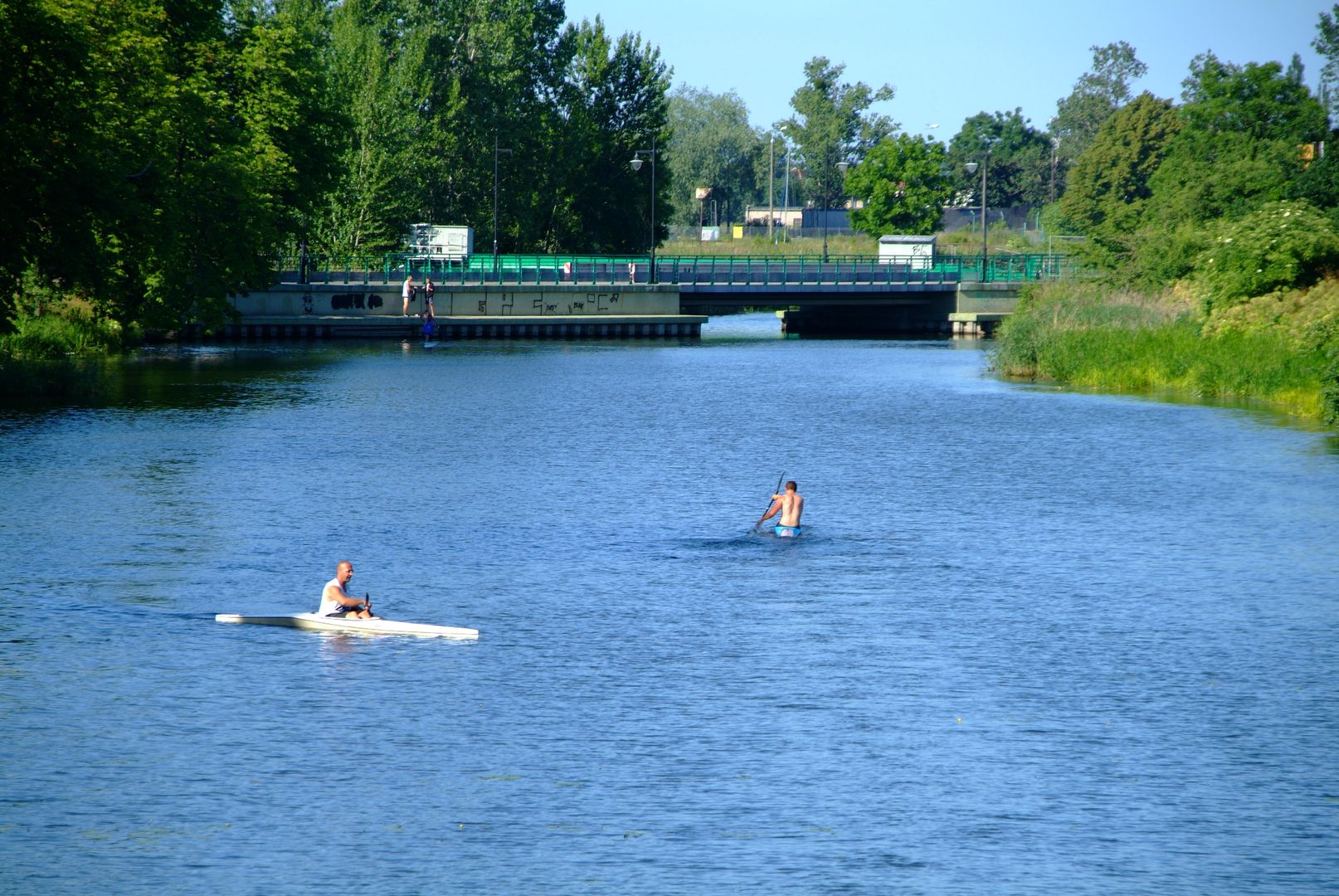Ołowianka
6

Overview
Ołowianka is an island in Gdańsk, located on the Motława River, with a rich history as well as architectural and cultural significance. Initially owned by the Teutonic Order, its strategic role gained importance in the Middle Ages as the port of Gdańsk developed. Its first recorded name, Szafarnia, dates back to 1404 and referred to the buildings of the monastic steward. Ołowianka became an island only after the excavation of the Kanał na Stępce in 1576. The island owes its name to lead warehouses, including the Lead Manor (Dwór Ołowiany), used to store lead imported from Olkusz. In 1454, Casimir IV Jagiellon granted the island to the city of Gdańsk, which contributed to the development of infrastructure, including numerous granaries, the oldest and best-preserved of which is the Royal Granary from the 17th century. In addition to granaries, Ołowianka played an important industrial role with the construction of a sewage pumping station in the 19th century and a municipal power plant built between 1896 and 1898. The combined heat and power plant, destroyed during World War II, was renovated after the war. In recent years, the island has been revitalized through investments such as the construction of a drawbridge for pedestrians connecting Ołowianka with the Main Town. Ołowianka is also home to numerous cultural institutions and facilities, including the National Maritime Museum, the Granaries of the Oliwa Branch, the Museum of the SS Sołdek, and the modern building of the Polish Baltic Philharmonic. Transport infrastructure includes two bridges and a passenger ferry, facilitating access to this historic island. Ołowianka combines historical heritage, modern functions, and a unique character, making it an important part of Gdańsk's landscape.
Location
You can also find here:
2025 Wizytor | All Rights Reserved
